ISSN ONLINE(2319-8753)PRINT(2347-6710)
ISSN ONLINE(2319-8753)PRINT(2347-6710)
Mohammad Asim Qadri1, Pulkit Sreshth2, Siddharth Khandelwal3
|
| Related article at Pubmed, Scholar Google |
Visit for more related articles at International Journal of Innovative Research in Science, Engineering and Technology
This paper concentrates on the significant role of Computer Integrated Manufacturing (CIM) in increasing the production. This paper mainly encompasses various topics: CIM definition, organization, and application. Today’s industries compete in a truly international marketplace. Efficient transportation networks have created a “world market” in which we participate on a daily basis. For any industrial country to compete and stably survive and grow in this market, it must have companies that provide economic high-quality products to their customers in a timely and most efficient manner. The importance of integrating product design and process design to achieve a design for production system cannot be overemphasized. Then again, even once a configuration is settled, fabricating businesses must be willing to suit their clients by permitting last-minute engineering outline changes without influencing delivery timetables or affecting item quality. Most U.S.-based assembling organizations look toward CAD/CAM and CIM to give this adaptability in their assembling framework. The paper discusses productivity improvement by using computer integrated manufacturing.
Keywords |
| Production, Productivity, CIM, Computer Integrated Manufacturing |
INTRODUCTION |
| Computer Integrated Manufacturing (CIM) is a management philosophy in which the functions of design and manufacturing are rationalized and coordinated using “computer, communication, and information technologies” according to Bedworth et al. (1991). CIM has the capability to largely or entirely automate flexible manufacturing by coordinating work cells, robots, automatic storage and retrieval facilities and material handling systems. CIM is more than a concept, it is a way to use technology and techniques to integrate a business. CIM is the management of technology rather than being a technology itself. Accordingly computer integrated manufacture is concerned with providing computer assistance, control and high level integrated automation at all levels of manufacturing and other industry, by linking islands of automation into distributed processing system. The technology applied in CIM/ Agile/ Lean and Intelligent Manufacturing makes intensive use of distributed computer networks and data processing techniques, Artificial Intelligence and data base management system. |
METHODOLOGY |
| Evaluation and developing different product strategies |
| Analysing markets and generating forecasts |
| Analysing product/ market characteristics and generating concepts of possible manufacturing systems. |
| Designing components for manufacturing (i.e. machining, inspection, assembly, maintenance and all other processes relating to the nature of the component and/or product, such as welding, cutting, presswork, painting, etc. |
| Evaluating and/ or determining batch size, manufacturing capacity, scheduling and control strategies relating to the design and fabrication processes involved in the particular product. |
| Analysing and feeding back certain selected parameters relating to the manufacturing processes, evaluation of status reports from the DNC (Distributed Numerical Control) system. |
| Analysing system disturbances and economic factors at (CIM/ Agile/ Lean/Intelligent Manufacturing) component level as well as at total system level. |
| Analysing and providing data at the appropriate level and time and in the appropriate format. |
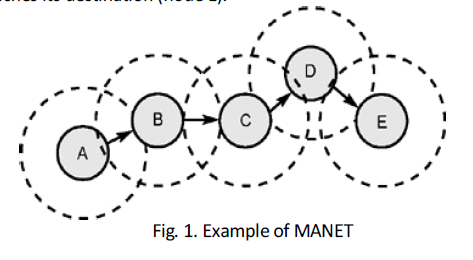 |
ACCELERATING PRODUCTIVITY THROUGH COMPUTER INTEGRATED MANUFACTURING |
| Benefits from CIM |
| To co-ordinate and organize data - |
| The main key to how CIM helps companies respond to the competitive pressures are the better use of data. A company is often accurately represented as a hierarchy. The branches of the structure contain the groups of specialists, who carry out their activities under a supervisor, the specialist groups have their own “function data” their own information and knowledge (perhaps still in handbook form) - which may be described as part of a company's knowledge base. The second type of data is the data these specialist groups generate about their function For a design department this will be data on products and their parts It can be classed as “product data“. A third type of data is required to control the operations of the company and often takes the form of plans or instructions this can be classed as “operational data. The fourth type of data is reported back to confirm that instructions have been carried out or standard achieved this can be classed as “performance data” |
| To eliminate paper and the costs associated with its use - |
| Manufacturing engineering and manufacturing planning generates significant operational data and information for the manufacturing of products and their parts Data and information have traditionally taken the form of paper documents and cards distributed throughout the shop floor The jobs of creating the paper work, handling the paper work managing the distributing of the paper work Besides the cost, misplaced information can be a source of delay CIM enables information to be stored electronically and displayed on terminals Thus, with document imaging and document management techniques, the elimination of paper and its associated costs is a second reason for CIM. |
| Faster response to data changes for manufacturing flexibility. |
| Improved Quality of products as compared to conventional manufacturing as shown in figure 2. |
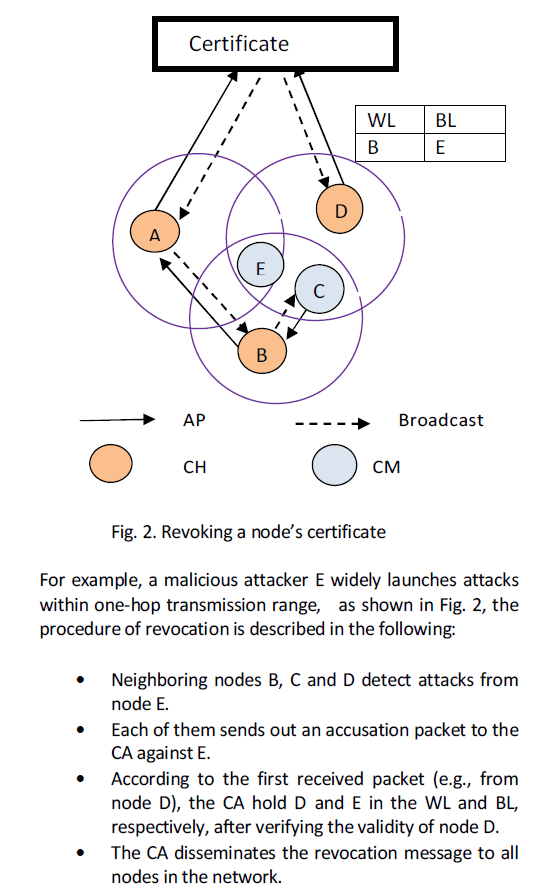 |
| Figure 2 – Graphic representation of CIM vs CONVENTIONAL MANUFACTURING on the basis of data collection time, manpower, re-call cost, quality enhancement, line downtime, and overall productivity. |
| ïÃâ÷ High Rate of Return as shown in figure 3 |
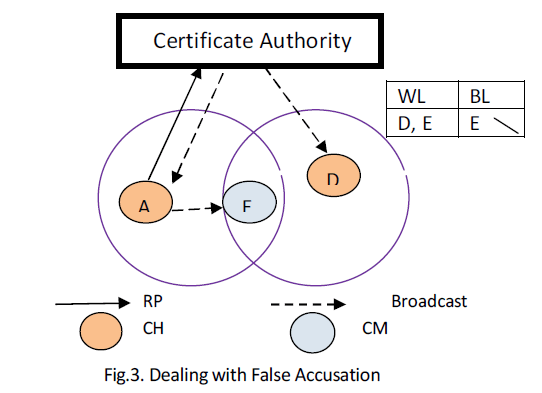 |
| Figure 3- Graphical representation of return on investment for CIM system which is based on the timeline (months) |
| Design of CIM System |
| The following business and manufacturing objectives should be considered in the design of the CIM system: |
| 1. To maintain the consistency of the quality of products. |
| 2. To deliver products on time. |
| 3. To offer more products to customers. |
| 4. To design products that will improve performance. |
| CIM is the concept of a totally automated factory in which all Manufacturing processes are integrated and controlled by a CAD/CAM system. It enables production planners and schedulers, shop-floor foremen, and accountants tousle the same database as product designers and engineers. It is one of the most advanced tools for improving the economic performances. It is also becoming a fundamental base for designing and building the next even more advanced generation of manufacturing systems presently called as Intelligent Manufacturing Systems (IMS). It offers a number of useful and potential opportunities for improving the competitiveness of manufacturing. The motivation for CIM has been based on the perceived need for manufacturing industry to respond to changes more rapidly than in the past. CIM has potential applications in the manufacturing strategies such as agile, lean and virtual enterprises. Therefore, there is a need to investigate the areas of further development, applications and implications of CIM in the next generation manufacturing organizations. Rather than CIM, today's concepts seem to enter more on ERP (Enterprise Resources Planning, but not really restricted to planning) and MES (Manufacturing Execution Systems). |
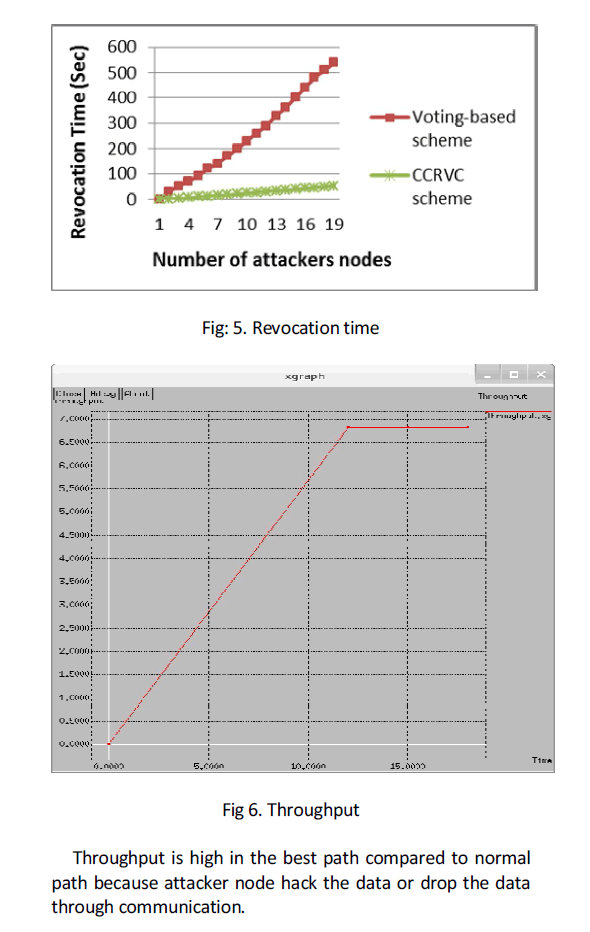 |
| Figure 4 - Computer network of CIM which describes how the computer network for CIM is connected and is worked among various department. |
| Barriers to CIM |
| ïÃâ÷ Lack of Planning: |
| CIM success requires deliberate and careful planning of the technical element in conjunction with training from day one. Lack of understanding of the technology and suitable infrastructures to support the new technology, inappropriate matching of technology to organizational strengths and weaknesses will all contribute to top management’s failure to appreciate the promise of CIM. Organizational design is an integral part of CIM, promoting or inhibiting the implementation. |
| ïÃâ÷ Organizational structure: |
| CIM requires flexible organizational structure. There is growing consensus that old fashioned approaches to manufacturing and rigid corporate rules are a significant barrier to CIM. The majority of manufacturing organizations in this country were designed to support specialization as opposed to integration. |
| ïÃâ÷ Top management commitment: |
| In many companies where CIM does not fail to realize its potential “top management’s commitment and ongoing support” is cited as a major reason. The magnitude of undertaking can be a great problem if there is not major and absolute commitment by management of the necessary time and resources. CIM installation must start from the top with a commitment to provide the necessary time; money; and other resources needed to make the changes that CIM requires. |
IMPLEMENTING CIM |
| The strategy for the successful implementation of CIM should include the use of computers for integrating information and material flows, small batch production with on-line production control system (e.g. FMS), and a local area network (LAN) for integrating the information flow within the organization. A conceptual framework is presented in figure to explain the main issues involved in improving the integration and adaptability aspects of CIM. The model presents a set of major elements of CIM implementation that includes strategic, organizational, behavioural, technological and operational issues. |
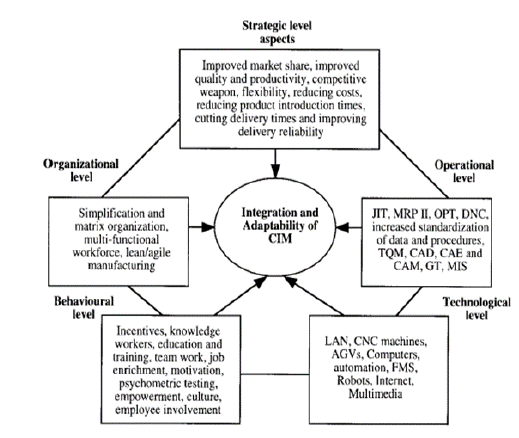 |
| Figure 5- Representation of how the CIM system is implemented in an organisation at various levels like organisational level, operational level, behavioural level and technological level. |
| Application Basic Research |
| The research task on application basic technology is a kind of technology-driven research under certain application background. This task develops necessary explorations, verifications, and new ideas in the concepts, principles, and methodology suitable for the forward development of worldwide CIM science and technology. This task can be divided into following sub-topics: |
| ïÃÂö Management Information System (MIS) |
| ïÃÂö Design Automation and CAD/CAM Integration |
| ïÃÂö Shop floor Automation |
| ïÃÂö Quality, and others |
CONCLUSION |
| In summary, CIM is a means of using computer systems to integrate a manufacturing enterprise. The scope of CIM ranges from product design, process design, product scheduling and control, to advanced integrated functions within a production facility. It is important that all functions of a company be part of a CIM plan. Functions from business planning, strategic planning, and processing to customer should be included. There is no single definition of CIM because CIM is designed to fit the needs and applications of a specific situation. Thus, each company will implement CIM in a slightly different fashion. The paper tries to enlighten the rising needs offsetting up industries working on CIM. |
References |
|